Section 4
Nutrient Cycles
By Boundless
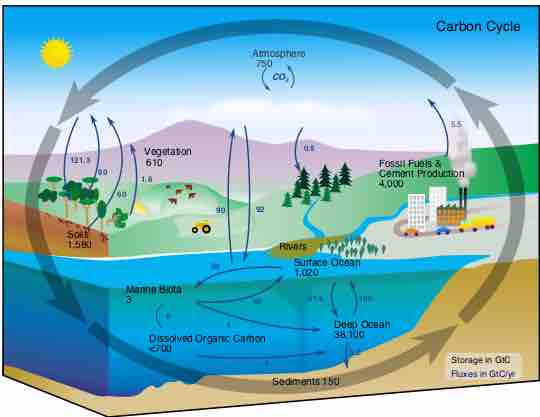
Biogeochemical cycles are pathways by which essential elements flow from the abiotic and biotic compartments of the Earth.
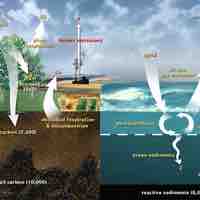
The carbon cycle describes the flow of carbon from the atmosphere to the marine and terrestrial biospheres, and the earth's crust.
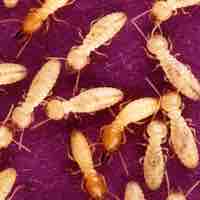
Bacteria that perform anaerobic fermentation often partner with methanogenic archea bacteria to provide necessary products such as hydrogen.

Phosphorus, important for creating nucleotides and ATP, is assimilated by plants, then released through decomposition when they die.
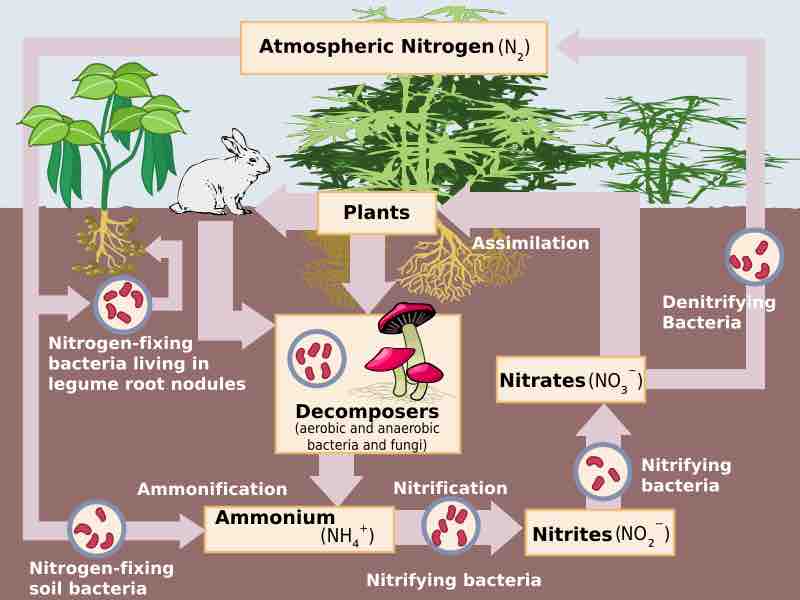
The nitrogen cycle is the process by which nitrogen is converted from organic to inorganic forms; many steps are performed by microbes.
Many bacteria can reduce sulfur in small amounts, but some bacteria can reduce sulfur in large amounts, in essence, breathing sulfur.
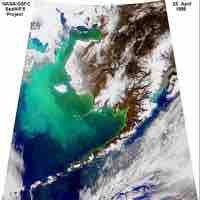
Iron is an important limiting nutrient required for plants and animals; it cycles between living organisms and the geosphere.